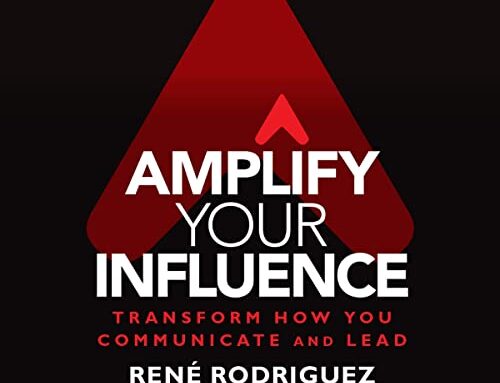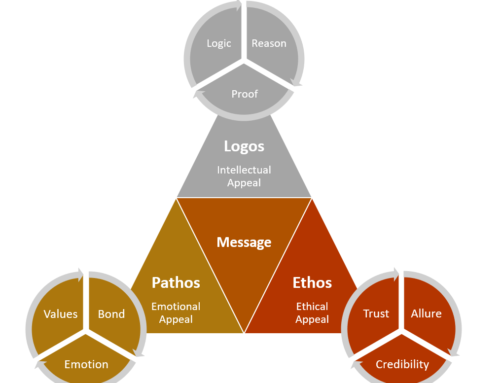
Getting Things Done
Capturing: Corralling Your “Stuff”
This chapter will lead you in more detail through the process of getting all your incompletes, all your “stuff,” into one place—into “in.”
That’s the critical first step in getting to the state of “mind like water.”
Just gathering a few more things than you currently have will probably create a positive feeling for you. But if you can hang in there and really do the whole capturing process, 100 percent, it will change your experience dramatically and give you an important new reference point for being on top of your work and your world.
Until you’ve captured everything that has your attention, some part of you will still not totally trust that you’re working with the whole picture of your world.
Creating relevant placeholding notes—for example, “Purge and process boat storage shed” and “Deal with hall closet.”
There are many good reasons to gather everything before you start clarifying it:
- it’s helpful to have a sense of the volume of stu you have to deal with;
- it lets you know where the “end of the tunnel” is; and
- when you’re clarifying and organizing, you don’t want to be distracted psychologically by an amorphous mass of stuff that might still be “somewhere.” Once you have all the things that require your attention gathered in one place, you’ll automatically be operating from a state of enhanced focus and control.
You can only feel good about what you’re not doing when you know everything you’re not doing.
It may even seem a little counterintuitive, because for the most part, most of that stuff was not, and is not, “that important”; that’s why it’s still lying around. It wasn’t an urgent thing when it first showed up, and probably nothing’s blown up yet because it hasn’t been dealt with. It’s the business card you put in your wallet of somebody you thought you might want to contact sometime. It’s the little piece of techno-gear in the bottom desk drawer that you’re missing a part for, or haven’t had the time to install properly. It’s the printer that you keep telling yourself you’re going to move to a better location in your office.
These are the kinds of things that nag at you but that you haven’t decided either to deal with or to drop entirely from your list of open loops. But because you think there still could be something important in there, that stuff is controlling you and taking up more of your energy than it deserves.
Physical Gathering = The first activity is to search your physical environment for anything that doesn’t permanently belong where it is, the way it is, and put it into your in-tray. You’ll be gathering things that are incomplete, things that have some decision about potential action tied to them. They all go into “in,” so they’ll be available for later processing.
Things that can remain where they are, the way they are, with no action tied to them:
- Supplies
- Reference Material
- Decoration
- Equipment
Reference Material. . . is anything you simply keep for information as needed, such as manuals for your software, the local takeout deli menu, your kid’s sports team schedule, or your list of internal phone extensions. This category includes all your telephone and address information,
Everything else goes into your INBOX. But many of the things you might initially interpret as supplies, reference, decoration, or equipment could also have action associated with them because they still aren’t exactly the way they need to be. These things go into your INBOX. Not the actual printer, but a note that says “hang the picture”.
Likewise, if your supplies drawer is out of control, full of lots of dead or unorganized stuff, that’s an incomplete that needs to be captured.
Issues About Capturing
As you engage in the capturing step, you may run into one or more of the following:
- you’ve got a lot more than will fit into one in-tray;
- you’re likely to get derailed into purging and organizing;
- you may have some form of stuff already collected and organized; and/or
- you’re likely to run across some critical things that you want to keep in front of you.
What If an Item Is Too Big to Go in the In-Tray? If you can’t physically put something in the in-tray, then write a note on a piece of letter-size plain paper to represent it.
Be sure to date it, too.
This has a couple of benefits.
If your organization system winds up containing some of these pieces of paper representing something else, it’ll be useful to know when the note was created. It’s also just a great habit to date everything you handwrite, from Post-it notes for your assistant, to voice mails you transfer onto a pad, to the note you take on a phone call with a client. If you are using a digital tool that has a date-stamp function, it’s great to use that for the same reason. The 3 percent of the time that this little piece of information will be extremely useful makes it worth developing the simple habit.
What If the Pile Is Too Big to Fit into the In-Tray?
If that’s the case, just create stacks around the in-tray, and maybe even on the floor below it. Ultimately you’ll be eliminating the stacks, as you process and organize everything.
If you’re not sure what something is or whether it’s worth keeping, go ahead and put it into “in.” You’ll be able to decide about it later, when you process the in-tray. What you don’t want to do is to let yourself get wrapped up in things piece-by-piece, trying to decide this or that. Right now is about just collecting everything that might require attention.
Clarifying requires a very different mind-set than capturing; it’s best to do them separately.
You’ll process your stuff later anyway if it’s in “in,” and it’s easier to make those kinds of choices when you’re in that decision-making mode. The objective for the capturing process is to get everything into “in” as quickly as possible so you’re appropriately retrenched and have “drawn the battle lines.”
Be Careful of the Purge-and-Organize Bug!
Otherwise you’ll need to break it up into chunks and capture them as little projects or actions to do, with reminders in your system, like “Purge four-drawer cabinet” or “Clean office closet.”
Often in the capturing process someone will run across a piece of paper or a document that causes her to say, “Oh, my God! I forgot about that! I’ve got to deal with that!”
Ask yourself if it’s something that reallyhasto be handled before you get through this initial implementation time. If so, best deal with it immediately so you get it off your mind.
Start with Your Desktop
Desk Drawers – Next tackle the desk drawers,
Countertops – Continue working your way around your office, collecting everything sitting on the tops of cabinets or tables or counters that doesn’t belong there permanently.
Inside the Cabinets –
Floors, Walls, and Shelves
This Is Not About Throwing Things Away That You Might Want
People often mistake my advice as an advocacy for radical minimalism. On the contrary, if throwing something away is uncomfortable for you, you should keep it.*Otherwise you would have attention on the fact that you now don’t have something you might want or need.
Once you feel you’ve collected all the physical things in your environment that need processing, you’ll want to collect anything else that may be residing in your mental RAM space.
This is where the stack of plain paper really comes into play. I recommend that you write out each thought, each idea, each project or thing that has your attention, on aseparate sheet of paper.
There is a discipline required initially to stay focused on one item at a time, as you process it. So giving each thought its own placeholder, as trivial as it might seem, makes it that much easier. And your first captured thought will seldom be the final content you’ll want to track about it (the desired outcome and next action for it will be).
uIn this instance, go for quantity.
The “In” Inventory
Capturing is complete when you can easily see the outer edges to the inventory of everything that still has some of your attention in any way.
If your head is empty of everything, personally and professionally, then your in-tray is probably quite full and likely spilling over. In addition to the paper-based and physical items in your in-tray, your inventory of “in” should include any resident voice mails and all the e-mails that are currently staged in the “in” area of your communication software. It should also include any items on your organizer lists for which you have not yet determined next actions.
If you’ve been using a digital application for anything other than calendar and contact information, I suggest you print out any task and to-do lists and put them, too, into your in-tray. E-mails are best left where they are, because of their volume and the efficiency factor of dealing with them within their own subsystem.


